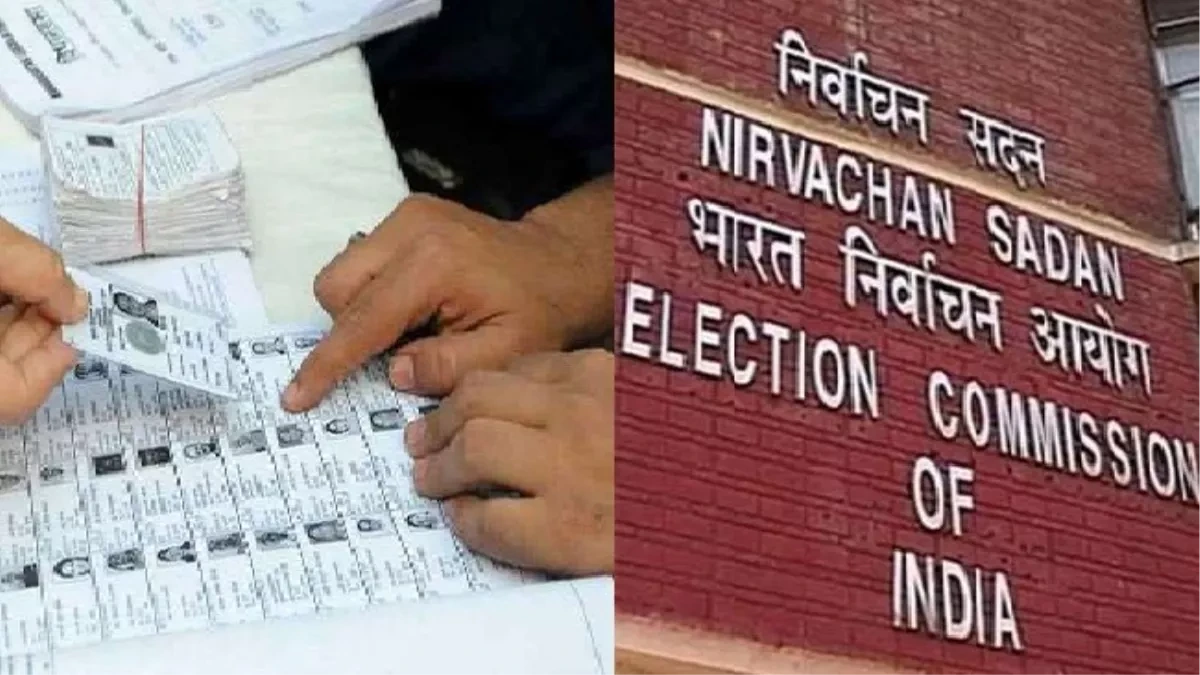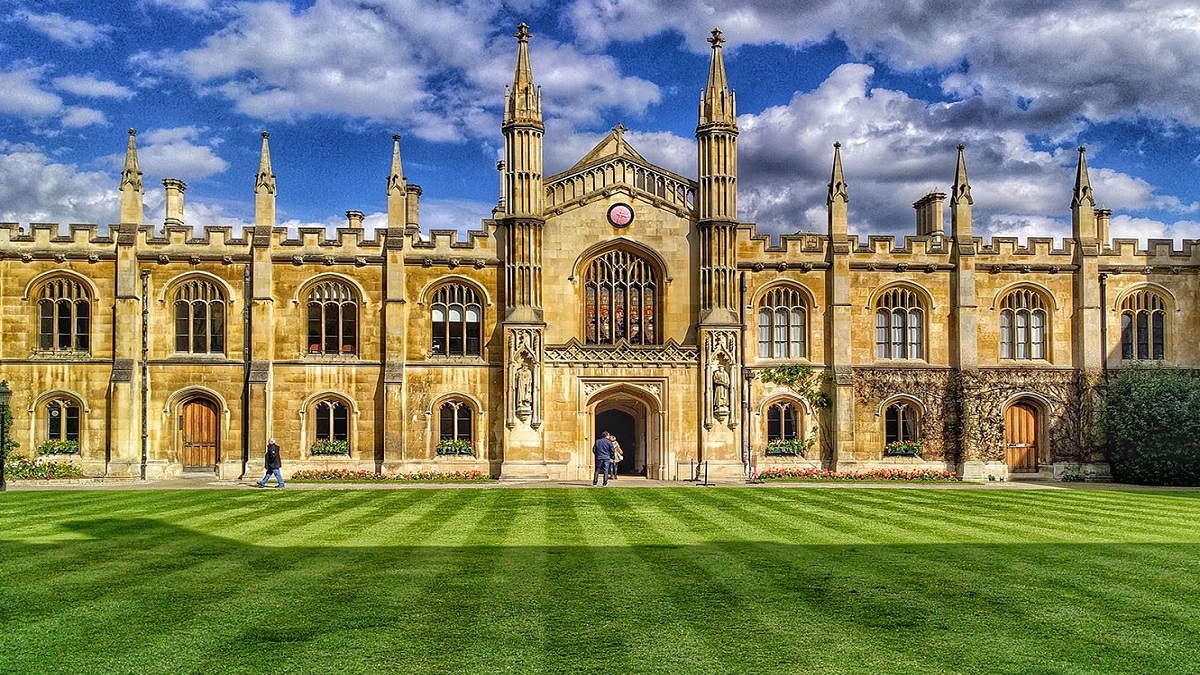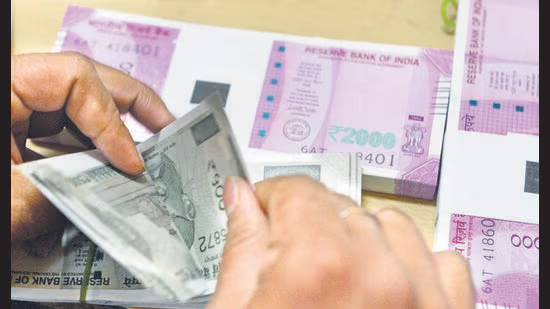- Courses
- GS Full Course 1 Year
- GS Full Course 2 Year
- GS Full Course 3 Year
- GS Full Course Till Selection
- Answer Alpha: Mains 2025 Mentorship
- MEP (Mains Enrichment Programme) Data, Facts
- Essay Target – 150+ Marks
- Online Program
- GS Recorded Course
- Polity
- Geography
- Economy
- Ancient, Medieval and Art & Culture AMAC
- Modern India, Post Independence & World History
- Environment
- Governance
- Science & Technology
- International Relations and Internal Security
- Disaster Management
- Ethics
- NCERT Current Affairs
- Indian Society and Social Issue
- NCERT- Science and Technology
- NCERT - Geography
- NCERT - Ancient History
- NCERT- World History
- NCERT Modern History
- CSAT
- 5 LAYERED ARJUNA Mentorship
- Public Administration Optional
- ABOUT US
- OUR TOPPERS
- TEST SERIES
- FREE STUDY MATERIAL
- VIDEOS
- CONTACT US
Government Can't Take Over All Private Properties for 'Common Good': SC
Government Can't Take Over All Private Properties for 'Common Good': SC
07-11-2024
- On November 5, 2024, the Supreme Court of India ruled that the government cannot automatically take over private properties by calling them “material resources of the community” for redistribution under Article 39(b).
- The Court said that India’s economic policies have shifted from a state-controlled economy to a more market-driven economy since the 1990s.
- The Court rejected the idea that the state should have unlimited control over private resources just because they might be useful for society.
- This decision provides greater protection for property rights and limits the government’s power to seize or control private property without clear justification.
- The ruling is a step toward ensuring that property rights are protected under constitutional right article 300A and that the government can only intervene when there is a clear public benefit.
Key Legal Concepts in the Ruling
- Article 39(b):
- Article 39(b) is a Directive Principle of State Policy (DPSP), which says that the government should direct policies to ensure that “material resources of the community” are distributed to best serve public welfare.
- It doesn’t provide enforceable rights (unlike Fundamental Rights), but it guides the state's decisions in lawmaking.
- Recently, The Supreme Court ruled that not all private property can be considered as material resources of the community that the government can control for the "common good."
- Private Property Protection (Article 300A):
- Article 300A of the Constitution protects the right to own property, stating that no person shall be deprived of their property except by authority of law.
- This means that private property is still protected by the Constitution, even though property was removed from the list of Fundamental Rights Article 19(1)(f) and article 31 by the 44th Amendment in 1978.
- The Supreme Court's ruling ensures that private property cannot be expropriated by the state unless there is a clear legal framework in place that justifies such actions.
- Article 31C – Protection of Laws for Community Welfare:
- The DPSPs (Directive Principles of State Policy) are not enforceable in any court of law.
- To implement these principles, the government must make laws, but sometimes these laws may violate fundamental rights, particularly Articles 14 and 19.
- To resolve this conflict between the DPSPs and fundamental rights, the government inserted Article 31C through the 25th Amendment in 1971.
- This provision states that if the government enacts laws to implement Article 39(b) and (c), and those laws violate Articles 14 and 19, no one can challenge them in court.
The Judgment's Key Points
- Private Property is Not Automatically a Community Resource:
- The Supreme Court clarified that not every private property or asset owned by an individual can be automatically deemed as "material resources of the community".
- The State cannot take control of private property for redistribution simply because it might serve the public good in the future.
- In simple terms, the Court said that the government cannot just take any private property because it believes that it will benefit the public.
- Rejection of Expansive Interpretations:
- In earlier judgments, Justice Krishna Iyer had argued (in the 1978 Karnataka vs. Ranganatha Reddy case) that private property could be considered a community resource if it helped the public.
- However, the Supreme Court in 2024 disagreed with this view.
- The Court in 2024 held that it would be wrong to assume that all private property should be subject to state control, as this would contradict the constitutional protection of private property.
- In earlier judgments, Justice Krishna Iyer had argued (in the 1978 Karnataka vs. Ranganatha Reddy case) that private property could be considered a community resource if it helped the public.
- Economic Ideology:
- The Court emphasized that economic policies must be guided by the Constitution and not by any single economic theory.
- India’s economic conditions have evolved towards coexistence of public and private sectors, with a shift away from complete state control over resources.
- The Court rejected the idea of state-controlled economies as the only way forward for India, arguing that such policies would be incompatible with the Constitution's protection of private property.
- Private Property Rights Are Protected:
- The Court strengthened the position that property rights are important and should be protected under the Constitution.
- Even though property is not a fundamental right anymore, it is still a constitutional right.
- This ruling guarantees that property owners will have a stronger legal framework to challenge any unjust government actions that affect their property.
Dissenting Opinions and Their Impact
- Justice B.V. Nagarathna's Partial Concurrence:
- Justice Nagarathna agreed with the majority but expressed concerns that this ruling might overly limit the state's ability to promote economic policies aimed at redistributing resources for the public good.
- She warned against over-interpretation of economic policies.
- She also highlighted that the Constituent Assembly debates suggested a broader understanding of economic democracy, where the state could intervene more actively in wealth distribution.
- Justice Sudhanshu Dhulia's Dissent:
- Justice Dhulia disagreed with the majority's criticism of Justice Krishna Iyer’s doctrine, calling the criticism "harsh".
- He argued that economic and social policies should not be criticized based on political or economic preferences.
- Justice Dhulia felt that the majority was too focused on economic ideology and ignored broader constitutional principles about wealth redistribution.
Implications of the Ruling
- For Future Government Policies:
- The ruling will influence future government policies regarding wealth distribution, land acquisition, and social welfare. The government will now have to be more careful when creating laws that involve private property.
- It restricts the government’s ability to arbitrarily define private property as "community resources" that can be taken over without clear guidelines.
- For Property Owners:
- The ruling is a major victory for property owners, providing them with a stronger legal basis to protect their property against unjust state actions.
- Owners can now challenge any government acquisition of their property by questioning its "public good" justification, making it harder for the state to take over property without meeting clear legal standards.
- For Investors and Private Sector:
- The ruling will increase investor confidence because it guarantees greater protection of private property rights.
- Investors are less likely to fear that their property or resources will be arbitrarily taken by the government under the guise of serving the "common good".
Conclusion
The Supreme Court's 2024 ruling significantly strengthens the protection of private property rights in India and clarifies the state's limited powers in acquiring and redistributing private property. This judgment ensures that government policies related to wealth redistribution or public welfare cannot disregard private ownership without clear justification. It also marks a shift towards a more liberalized economic model, where state control over private property is not seen as the default solution for addressing wealth inequalities.




